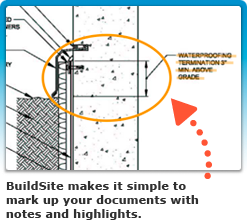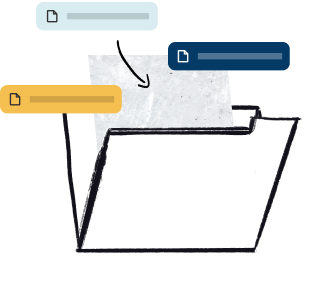Abstract
This specification covers mineral fiber block and board thermal insulation. Mineral fiber board insulation covered by this specification shall be classified into types and categories; category 1 - no compressive resistance properties are required, category 2 - minimum compressive resistance properties are required, type V, grade A - requires no heat-up schedule, type V, grade B - heat-up schedule is required. Mineral fiber block and semi-rigid and rigid board insulation shall be composed of rock, slag, or glass processed from the molten state into fibrous form and bonded with organic or inorganic binders or both. A detectable odor of objectionable nature recorded by more than two of five panel members shall constitute rejection. When tested and evaluated, the corrosion resulting from insulation in contact with steel plates shall be judged to be no greater than for comparative plates in contact with sterile cotton. When tested and evaluated at its delivered thickness, all mineral fiber (rock, slag, and glass) board and block must qualify to be semi-rigid or rigid. When tested, the board and block insulation shall not warp, flame, or glow during hot surface exposure. When tested, the midpoint temperature shall not at any time exceed the hot surface temperature by more than 200°F (111°C). Determine the thermal conductivity as a function of temperature for the representative specimens with data obtained from a series of thermal tests. The compressive resistance, linear shrinkage, water vapour sorption, odor emission, and rigidity or semi-rigidity shall be tested to meet the requirements prescribed.
This abstract is a brief summary of the referenced standard. It is informational only and not an official part of the standard; the full text of the standard itself must be referred to for its use and application. ASTM does not give any warranty express or implied or make any representation that the contents of this abstract are accurate, complete or up to date.
1. Scope
1.1 This specification covers the classification, composition, dimension, and physical properties of mineral fiber (rock, slag, or glass) semi-rigid and rigid board intended for the use as thermal insulation on surfaces operating at temperatures between 0°F (-18°C) and 1800°F (982°C). For specific applications, the actual temperature limits shall be agreed upon between the supplier and the purchaser.
1.2 For satisfactory performance, properly installed protective vapor retarder or barriers shall be used on below ambient temperature applications to reduce movement of water through or around the insulation towards the colder surface. Failure to use a vapor retarder or barrier can lead to insulation and system damage. Refer to Practice C921 to aid material selection. Although vapor retarder properties are not part of this specification, properties required in Specification C1136 are pertinent to applications or performance.
1.3 The orientation of the fibers within the boards is primarily parallel to the principal surface (face). This specification does not cover fabricated pipe and tank wrap insulation where the insulation has been cut and fabricated to provide a fiber orientation that is perpendicular to the surface (face).
1.4 This standard does not purport to provide the performance requirements of hourly-rated fire systems. Consult the manufacturer for the appropriate system.
1.5 The values stated in inch-pound units are to be regarded as standard. The values given in parentheses are mathematical conversions to SI units that are provided for information only and are not considered standard.
1.6 This standard does not purport to address all of the safety concerns, if any, associated with its use. It is the responsibility of the user of this standard to establish appropriate safety and health practices and determine the applicability of regulatory limitations prior to use.
Reproduced, with permission, from the ASTM International website, copyright ASTM International, 100 Barr Harbor Drive, West Conshohocken, PA 19428. To purchase the complete standard, go to http://www.astm.org/.







